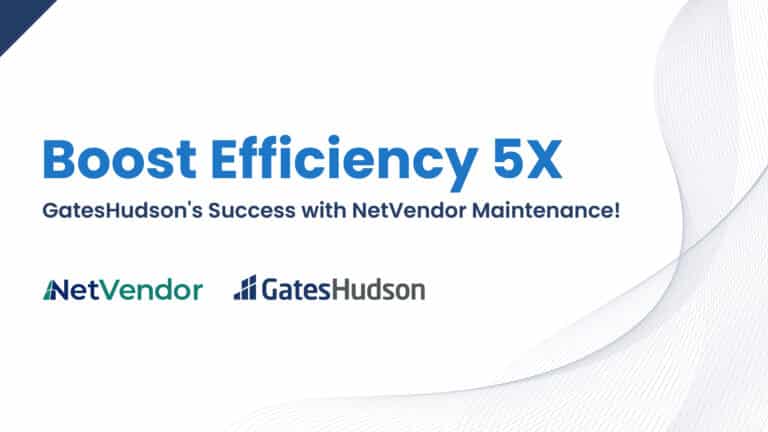There is no doubt we are living in a data-driven world – and multifamily has always loved its data! Using property or regional performance data to evaluate and incentivize property management staff is well-worn using metrics such as lease quotas, occupancy-rates, renewals, on/off budget, etc.
When it comes to evaluating and incentivizing maintenance staff, things get a bit more difficult. There are some macro-metrics such as average turn-times and budget performance that might be good to evaluate the maintenance supervisor, but finding good, consistently-generated metrics to evaluate technician staff can prove more difficult.
For multifamily operators using field-enablement maintenance technology, such as ServusConnect, there is likely quite a lot more data to work with…and hopefully more easily accessible!
With the goal of creating technician incentives based on tangible data, we’ve partnered with a handful of clients to dissect & reassemble their maintenance data to find correlation points. Below are 3 Data-Driven Incentive Programs for Multifamily Maintenance Technicians our clients are using that are powered by field-captured maintenance data…and we’d like to share them with you!
1. “Get a ’10’ and get $10”
This incentive is using data correlated from technician completion data and instant resident feedback using a Net Promoter Score (NPS) survey scale, ie. a 0-10 rating on completed requests. This can be used as an individual or team incentive, but we typically see it used for individual technicians. It can be run weekly, biweekly, monthly, quarterly, etc.
It’s a great, simple incentive and can really motivate technicians to go above and beyond to not only make sure the repair was done correctly, but that the resident is happy. We hear all sorts of great stories about how resident follow-up is completely transformed from being previously non-existent, to where creative technicians are leaving Hershey kisses and personal notes for residents.
Make this one your own – put up a scoreboard in the maintenance shop, make a big deal out it, pit property-against-property…there’s a million variations! One thing is for sure – cash is king for motivation and happy residents renew at a higher rates than unhappy ones, making this incentive worth its weight in gold.
Pre-Requisites: you’ll want an easy way to correlate resident feedback with completed resident requests and by which technician. You’ll obviously need an effective, consistent way to survey residents. If you need help with this, give us a call – we’re happy to show you how we do it (and dashboard it) in ServusConnect.
2. Average Service Cycle / Net Promoter Score
This incentive uses a couple of key metrics that every property should be measuring: average service cycle & NPS. These metrics are great to base team-based monthly goals on; either by comparing property-to-property, or for meeting/exceeding the goal. The actual incentive varies, but cash rewards are popular, as are fun team outings where the Regional Manager pays. :-).
For those unfamiliar with these metrics and their basis data, here are the formulas:
Average Service Cycle = (SR completion timestamp – SR creation timestamp of all SR’s) / total # of SR’s in a given date range
NPS = (Number of Promoters — Number of Detractors) / (Number of Respondents in a given date range) x 100.
When measured over time, both metrics are key indicators of maintenance org health and resident satisfaction. Running team-based incentive programs around them will help create greater awareness and motivation to get resident request handled quickly & correctly as well as improve customer-service skills.
Pre-requisites: most PM softwares track these timestamps, but may or may not report on them, so you may have to do some report generation to get at it. NPS is a survey methodology that many multifamily resident survey systems use, so you may not have far to go to get to the data.
For more information on these metrics and their correlation to Resident Experience, check out our white paper on the topic. If you don’t have access to either of these, give us a call – we actively track and dashboard these metrics in real-time.
3. Call-Back Bank
Number of Call-backs is a classic piece of data tracked by multifamily operators. This is a simple and easy piece of data that can be used in an individual or team-based incentive program.
It’s great to shoot for no call-backs in any given time period, but in multifamily, call-backs happen, they just do. Some residents are hard to please and regardless of how well it’s fixed or how well the technician cleaned up after him or herself, they will always call and complain, ie. a callback!
That being the case, we’ve seen clients run a monthly Call-Back Bank incentive. At the beginning of the month, a sum of cash (for example: $100 worth of $10 bills) is put into a lock-box that the manager or supervisor manages. Every time there is a call-back, $10 comes out. Money remaining at the end of the month gets split with the team.
Pre-requisites: track call-back frequency. Most PM systems have tagging systems or categories that can be applied to service requests. You could also have the manager or supervisor review service request history for a given period to check for multiple requests generated on the same unit for the same problem. ServusConnect clients can request a customization of their real-time dashboards to include call-back data, making the tracking of this program effortless!
Hopefully this helps you get your creative juices flowing and motivated to use your maintenance data to develop a technician incentive program of your own. Or you can just use these!
If you are curious about what maintenance data we track at ServusConnect and how we report on it, please don’t hesitate to reach out – we’re happy to share!







